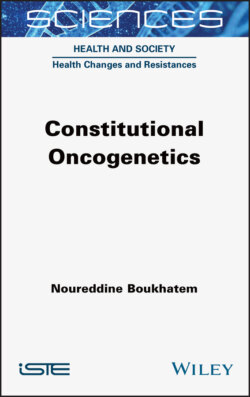Читать книгу Constitutional Oncogenetics - Noureddine Boukhatem - Страница 19
1.2.1.2. Person with no personal history of cancer
ОглавлениеAn individual with no personal history of cancer, but with:
1 1) a close relative with one of the following:i) a mutation known in the family affecting a cancer predisposition gene,ii) two or more primary breast cancers in the same individual,iii) two or more individuals with primary breast cancers belonging to the same family branch with at least one diagnosed at an age ≤ 50 years,iv) ovarian cancer,v) male breast cancer;
2 2) a first- or second-degree relative with breast cancer at an age ≤ 45;
3 3) a family history of three cases or more of the following (especially if diagnosed at ≤ 50 years of age; may include several primary cancers in the same individual): breast cancer, pancreatic cancer, prostate cancer (Gleason score ≥ 7 or metastatic), melanoma, sarcoma, adrenal cortical carcinoma, brain tumors, leukemia, diffuse gastric cancer, colorectal cancer, endometrial cancer, thyroid cancer, kidney cancer, dermatologic manifestations, and/or macrocephaly, or hamartomatous polyps of the gastrointestinal tract.
DEFINITION.– Melanoma is a form of cancer that begins in melanocytes (cells that make the pigment melanin). It can start in a mole (skin melanoma), but can also start in other pigmented tissues, such as the eye or intestines.
DEFINITION.– The term sarcoma generally refers to a broad group of cancers that begin in bone and soft tissue (also called connective tissue) (soft tissue sarcoma). Soft tissue sarcoma forms in the tissues that connect, support and surround other body structures. This includes muscle, fat, blood vessels, nerves, tendons and the lining of joints.
